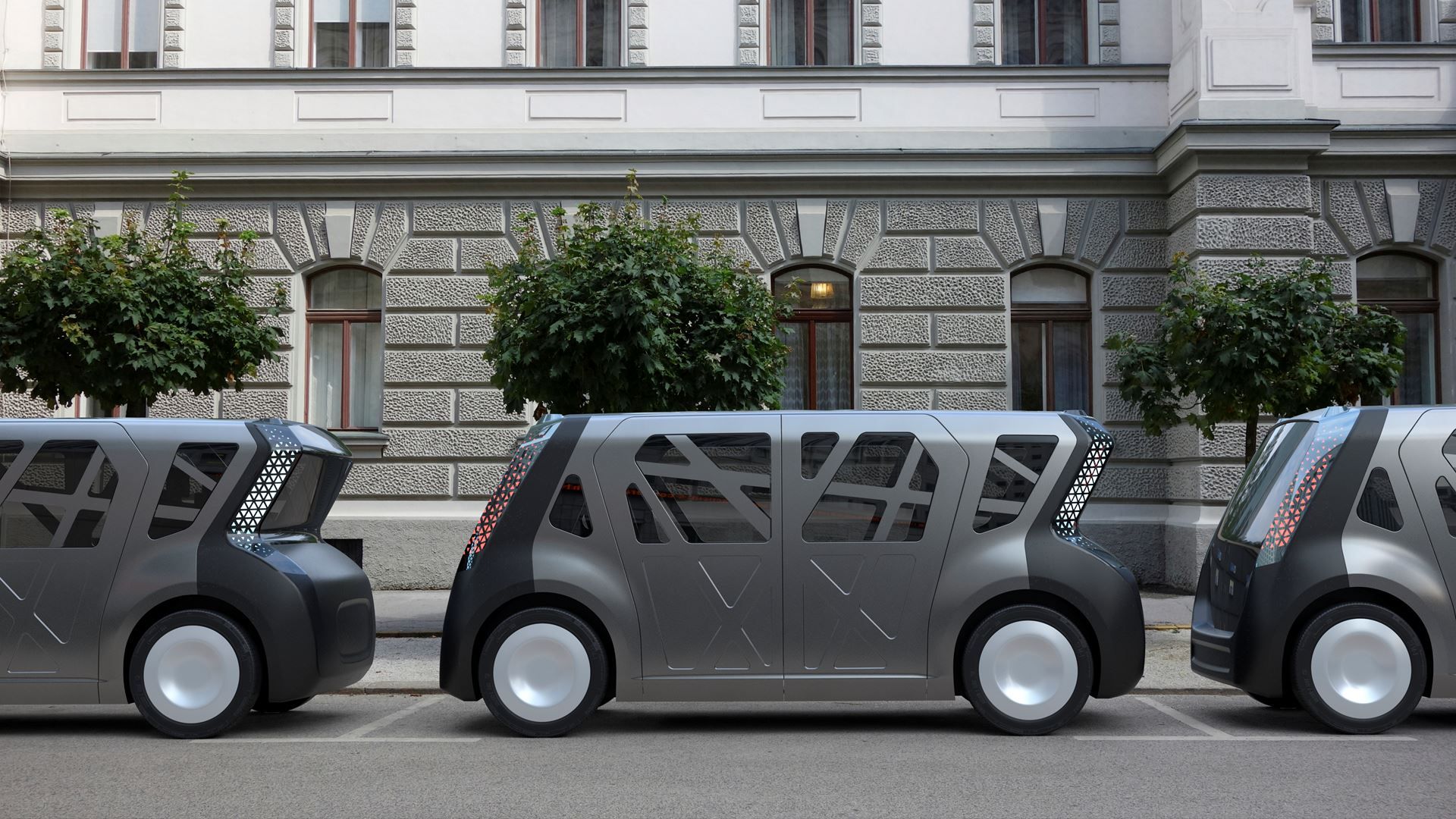🚘 Driving the Future: AI Revolutionizes Mobility as a Service
Automotive Mobility as a Service (MaaS) is undergoing a remarkable transformation, and AI is at its core, making transportation more efficient, eco-friendly, and user-centric.

- How AI is transforming the Automotive Industry
- Learn - a couple of courses to further your knowledge in AI
- AI Jobs - a listing of fresh jobs related to AI
- In Other News - a few interesting developments we're tracking
Automotive Mobility as a Service (MaaS) is rapidly transforming the way we think about transportation. AI is empowering MaaS by delving into various aspects of its application, from optimizing routes to ensuring vehicle maintenance and enhancing user experiences. From reducing travel times and minimizing fuel consumption to enabling autonomous vehicles, AI is reshaping the way we move, making transportation smarter, greener, and more user-centric. 23.3% is the estimated CAGR of the Automotive AI market from 2022 to 2030. By 2025, 70% of licensed drivers in the US will drive a connected vehicle.
Route Optimization:
- AI algorithms can analyze real-time traffic data, weather conditions, and historical traffic patterns to suggest the most efficient and quickest routes for users. This reduces travel time and minimizes fuel consumption and emissions.
- While MaaS rollouts are only in their early stages the Whim app in Helsinki, Finland is an excellent example. With Whim, users specify the destination where they want to go, and the app offers multiple mobility options with a variety of transportation means.
- Uber and Grab are examples of largely single MaaS transportation options, although they are starting to expand with additional options.
Diagnostic Analysis:
- Volvo Car USA is to equip U.S. retailers with Israel-based UVeye’s AI vehicle inspection systems. The high-speed, camera-based systems use machine learning technologies along with AI to check safety-related issues in seconds. The tech can also be used to identify mechanical issues and can spot cracks, dents, and rust on the chassis.
- AI and ML algorithms can predict what parts will break down and when they should be repaired with information from the car owner’s telematics, which monitors driving habits and mileage, eventually increasing the car's life span.

AI Based Generative Design:
- Designing a vehicle that can not only drive in a conventional sense but also walk called for novel development methods and out-of-the-box thinking.
- Hyundai engineers, their collaboration with a product innovation studio Sundberg-Ferar, and the power of generative design, the company has managed to build the Ultimate Mobility Vehicle called Elevate that can traverse terrains that no other vehicle can.
- Elevate can transform from a four-wheeled vehicle into a four-legged walking robot. Elevate will prove most useful for search and rescue.
AI For Autonomous Vehicles:
- Motional is a joint effort between Aptiv and the Hyundai motor group, each combining its technical expertise with real-world experience to design self-driving cars.
- The company’s autonomous driving technology utilizes three sensor types — LiDAR, radar and cameras — to prioritize safety at all times, leading to the world’s first robotaxi pilot and an operational commercial robotaxi service that has provided over 100,000 self-driven rides. Since 2018, Motional has teamed up with major rideshare organizations Lyft, Via and Cox Automotive to increase the accessibility of self-driven transportation throughout the world.
The automotive industry is on the cusp of a major shift, thanks to advancements in artificial intelligence. From manufacturing and design to sales and marketing, to service and maintenance, AI can play a role in making cars smarter, safer, and more efficient.
📚 LEARN
|
Google
|
|
University Of Toronto
|
🧑💻 JOBS
|
Volkswagen Group of America - Chattanooga Operations
|
Nissan
|
🔔 In Other News





